Journal of Tourism & Hospitality
Open Access
ISSN: 2167-0269
ISSN: 2167-0269
Case Report - (2019)Volume 8, Issue 2
Studying the battle field sites has a tremendous value in the reconstructions of humans past. The human history is a full of dramatic and tragedy events. In studying of those events in history, battle field site can played a pivotal role with tangible evidences. In view of this, the paper tried to show some of the evidences about the vanish of Zagwe dynasty and restoration of Solomonic dynasty at the specific battle field site called Daqq'a chirkos. The methodology to organize this paper was qualitative type of data, gathered through field survey, interview with elders and detailed observation. Some of the evidences are the tomb of Yitbarek (the last king of Zagwe dynasty) with the then 2 bishops and other tangible evidences. In addition to this, the evidence for probably disappeared town also found at the site. The site can be a best tourist destination area with its eye-catching natural resources surrounded the church. To conclude, certainly Yitbarek was killed there and the Zagwe dynasty was vanish after the activity which was performed at the battle as the evidences found at the site.
Preliminary survey; Battle field site; Daqq'a Chirkos and tourist destination
Battlefield archaeology also refers to the specific study of a particular archaeological horizon in which a military action occurred. This may include both 'bounded' battlefields where troop dispositions, numbers and the order of battle are known from textual records, and also from undocumented evidence of conflict [1]. This particular study also focused on the battle field site which witnesses a major historical event, through undocumented tangible evidences. The battle field site which is the focus of this study is considered as a time boundary between the Zagwe and Solomonic dynasty.
The Zagwe period is believed to be the richest and most artistic period of Ethiopian civilization since the conversion of Ezana though its achievements have been virtually consigned to obscurity. The decline of the Axumite Kingdom brought about a period of Agȁw ascendancy and political control of Ethiopia and the establishment of the Zagwe dynasty (C. 10th AD). Zagwe designates one of the oldest dynasties which ruled Ethiopia after the decline of the Axumite Kingdom [2]. Many reasons contributed to the downfall of the Zagwe dynasty. The first one was problem of succession to the throne among the Zagwe princes most of the time they settled this issue by force of arms. They could not be able to arrange a smooth succession to the throne.
Secondly, there had been strong opposition to the Zagwe kings throughout their rule. This opposition was from the regions of Tigrai and Amhara. Particularly in Tigrai the leading clergymen of the churches of Akxum and Debredamo spread anti-Zagwe propaganda that was related to the legend of the queen of Sheba. This legend maintains that all Christian kings must trace their descent directly from Menelik I. Hence, the Zagwe kings were seen as illegitimate successors Of Aksum. The intension behind this legend was the restoration of the ancient dynasty of Aksum. However, in spite of the strong opposition in Tigrai, the initiative to overthrow the Zagwe came from the Amhara region. The Amhara region was located to the south of Lasta, around southern Wollo and northern Shewa. An Amhara chief Yekuno Amlak organized a movement against Zagwe rule. He defeated Yetbarek, the last Zagwe king, in the battle field in 1270 AD. Yekuno Amlak established a genealogy that made him a descendant of the last Aksumite king, Dil Naod, who was deposed by the Zagwe dynasty around 1150 AD. By 1270 AD Yekuno Amlak declared himself an Emperor and at the same time the restorer of the so called Solomonic Dynasty. Yekuno Amlak (r.1270-1285) is considered the founder so-called Solomonic dynasty. Yekuno Amlak and his successors had used his legend as an ideological arm to legitimize their political power and the tradition of identifying the Christian kings of Ethiopia with ancient Israel continued until 1974 (Ibid).
So, in this historical event historians are knowing only the year when the former dynasty replaced by the later and there was a war between the two kings. They don't know about where the battle is located. Even they know the way how Yitbrek was killed. He died inside the church, and not yet studied about at which church. Therefore, this study tried to document all the archaeological/ historical evidences found in this battle field site through preliminary archaeological survey.
All the data used to compile this study is qualitative with descriptive type of research design. Data also collected through field survey, interview with elders and detailed observation has been done. Side by side secondary data were extracted from documents. Finally all the data collected through different data gathering instruments and data from documents were analyzed through qualitative method of data analysis.
Naming and location of the site
Now the place called "daqq'a chirkos". The Amharic literal meaning of word "daqq'a" means killed and "chirkos" referring the name of martyr called "chirkos" and in association with his name now the church is called daqq'a chirkos. So, the name of that small village and the church got the name from the battle took placed at the place during 1270 between Yitbarek (the last king of Zagwe dynasty) and emperor Yekuno Amlak who restored the Solomonic dynasty. As the historians believed that, the year 1270 was considered as the sunset or vanish of Zagwe dynasty and restoration of the Solomonic dynasty. But, most of the historians knows only the year and them referring Gaynt only about as a battle. However, this small village containing the clear evidence of the war theatre between the leaders of the then two greater dynasties. Generally, the name of the village referring as the last king of Zagwe dynasty (Yitbarek) killed by emperor Yekuno Amlak at this place in 1270. As elders witnessed and different historians stated that, Yitbarek was killed inside a church and buried on that particular church. So, he was killed inside the church displayed below the image and his grave if found in the graveyard of the church (Figure 1).
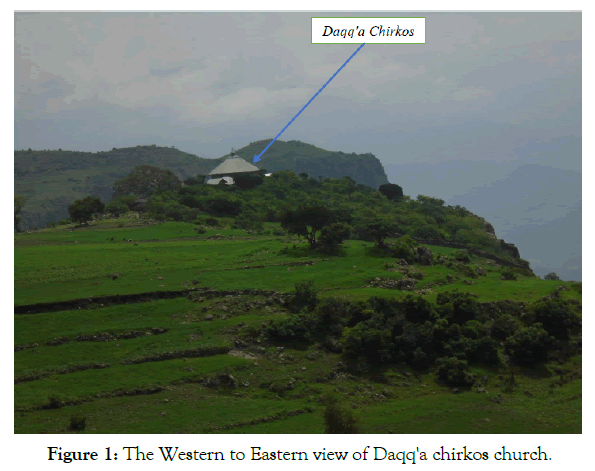
Figure 1: The Western to Eastern view of Daqq'a chirkos church.
Daqq'a chirkos is located about 7 km east of Arb gebiya town, which is the center of Tach Gaint district and Tach gaint district is located in South Gondar Northwestern Ethiopia. This district has immense cultural and natural attractions. Besides, there are also different potential archaeological sites including megalithic structures, disappeared settlements and towns, and other ancient human remains. So, the case study is one of the cultural attractions found in the district. The geographic setting of the district is more of up and down with various mountains, gorges, rivers and cliffs. This natural scenery with gorgeous wild animals are the eye catchers of the district. Specifically, the location of this site is mountainous with cliff and gorge with conducive weathering condition.
The findings at the site
During the preliminary survey the researcher has been identified some findings which are witnessed the death of King Yitbarek at that place. Beside of the evidences as a battle field site, the researcher was identified potential archaeological sites which is disappeared town which was existed ones up on a time as the locals believed. Therefore, the followings are some of the findings at the site.
The tomb of yitbarek
As it is clearly stated that, the Zagwe dynasty was ruled Ethiopia between 930-1270 AD. During that time period different rulers were ruled the dynasty. From those kings Yitbarek was the last king defeated by Yekuno Amlak in 1270 and restored the solomonic dynasty. Thus, most of the historians are not aware about the battle where he was defeated and where his grave is found. Even they know as he was killed in church. Again they don't know the location of the church. In view of this, the war between the then two greater kings were performed at the battle of Daqq'a chirkos, Yitbarek was killed inside this church and his grave is still found in the courtyard of the church.
As we can see on the image below, the grave is constructed from lime stone and it is round in shape. Such kind of graving style is not practicing today in our country. This round shape tells us how much it is ancient. However, this grave is exposed to sun and rain that causes a destruction on the elements of the grave. Even, as the elder from the church told us the height of the grave was almost equal with the height of a person. But now it is buried underground. So, it needs a preventive conservation and archaeological excavation to deal the grave (Figure 2).
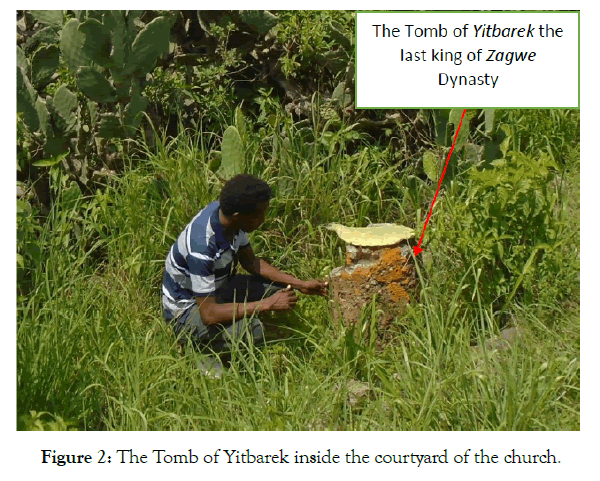
Figure 2: The Tomb of Yitbarek inside the courtyard of the church.
The tomb of the two bishops
The then two bishops one (the main) from Egypt and one Ethiopian were also defeated with Yitbarek during the war. The Egyptian Bishop and his deputy Ethiopian deputy bishop were buried there and their grave is still exist in the courtyard of the church. As we can see on the image below, the left is the Ethiopian bishop and the right is the imported Egyptian bishop. The material constructed for the tomb is similar with Yitbarek's tomb. Again like the previous grave it is also highly susceptible to environmental factors that can cause destruction (Figure 3).
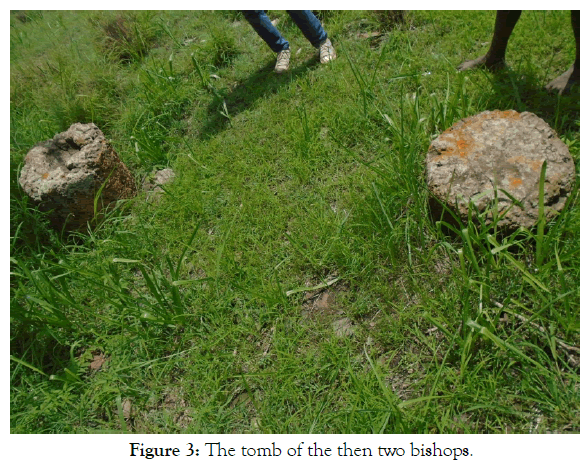
Figure 3: The tomb of the then two bishops.
The possible archaeological site
As the locals believed that, the field displayed below was a town existed long time ago. The land owners of this agricultural field were collected pottery and other human artifacts during plowing and their day to day activities. Some of the potteries discovered at the site and nearby are reusing at home as a house hold material in reused context (Figure 4).
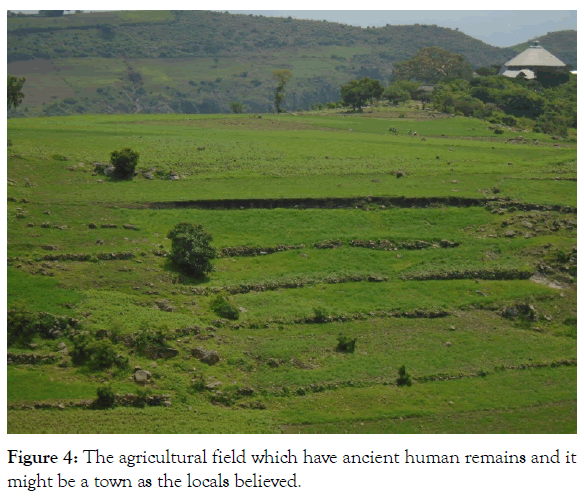
Figure 4: The agricultural field which have ancient human remains and it might be a town as the locals believed.
Another agricultural field over there also the same setting and hill place considered as the part of the then town and the same artifacts are collecting by the locals. Of course there are implications as there were old settlements there, but it needs a detailed archaeological survey and test excavation.
Natural attraction at daqq'a chirkos church
Nature-based tourism is an important part of the world tourism industry [3]. And as they stated, the tourist also prefers to travel the tourist destination which is nature based. So, this area can be a best tourist destination place with its memorable attractive natural scenery. The view from the church to the east is very interesting and creates happiness with the fascinating geographic nature and gorgeous biodiversity. According to the researchers feeling from his view, the geographic setting with the biodiversity composition is seems, the setting of Siemen mountain national park located in Northern Gondar and inscribed under UNESCO world heritage list in 1978. Since they are located in the same region i.e. Northwestern Ethiopia Amhara regional state, they may have the same geographic formation. Whatever it is, the battle field site is surrounded by lovely natural attractions (Figure 5).
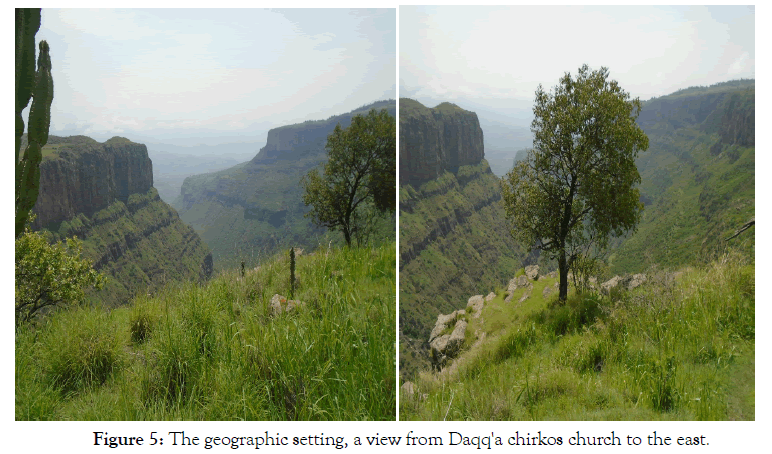
Figure 5: The geographic setting, a view from Daqq'a chirkos church to the east.
Depending up on the evidences found at daqq'a chirkos church, Yitbarek the last king of Zagwe dynasty was killed there and his tomb is still found in the grave yard of the church. Not only his grave, the tomb of the then two bishops were also killed with him and their tomb is found there. These evidences indicates the then great Zagwe dynasty was vanished at this battle field and the later great Solomonic dynasty was reconstructed after the war theatre performed at this battle. Beside of this, the ancient human settlement (may be disappeared town) remains also indicated at the arable land near by the church. And it needs further detailed archaeological investigation including excavation. Another interesting thing at Daqq'a chirkos is the natural attraction that can be the best tourist destination and research center for those who loves nature and biodiversity. Finally, some peoples believed as the church is recent and it was constructed during 15th C AD. This is undoubtedly false, because Yitbarek was killed inside the church in 1270 and his tomb is still found there. So, this tells us the church was existed before this time period and he was killed inside the church existed there.
As per the researcher's observation the following recommendations are forwarded for the concerned bodies.
• Preservation work should conduct soon before the historical tombs are destroyed.
• In line with the preservation work, test excavation should conduct at the buried graves.
• Detailed archaeological investigations on the agricultural field including excavation should done.
• Natural resource conservators should work on the revitalizations of the plant coverage and wild animals.
• Awareness creation also important among the locals nearby about the importance of the site as a heritage site.
Citation: Fekadu S (2019) The Mysterious Village of Daqq’a as a Potential Tourist Destination in Northwestern Ethiopia. J Tourism Hospit 8: 404.
Received: 04-Mar-2019 Accepted: 19-Apr-2019 Published: 26-Apr-2019 , DOI: 10.35248/2167-0269.19.8.404
Copyright: © 2019 Fekadu S. This is an open-access article distributed under the terms of the Creative Commons Attribution License, which permits unrestricted use, distribution, and reproduction in any medium, provided the original author and source are credited.